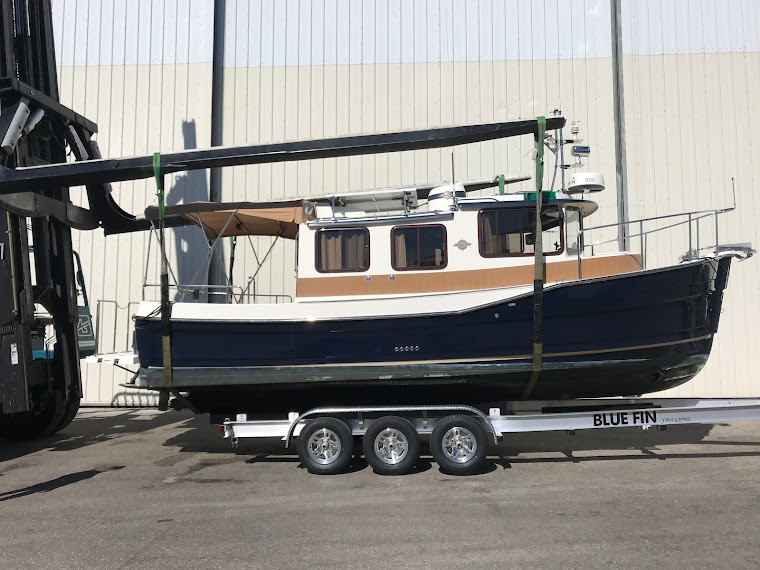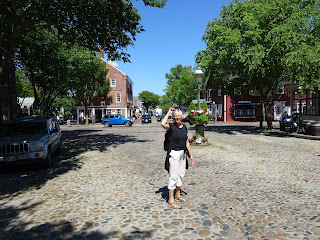Nantucket
was our next stop with a brief overnite in Vineyard Haven Harbor on the way.
Nantucket is indeed far away – 30 miles from Hyannis on Cape Cod and exposed to
the force of the mighty Atlantic. While
not as tiny as Block Island, Nantucket is also a mecca for tourists even this
early in the summer. Ferries rock the
waters between Cape Cod, Connecticut and Rhode Island to bring visitors to
these off shore summer enclaves.
We were hoping to miss some of the busy season since for most of these destinations, the “season” doesn’t get in full swing until after June 25th. However, we have found a lot of people like to get a jump on the crowds so while not crazy busy, there are plenty of people about. On the positive side, there are also special activities such as the film festival we hit in Nantucket. It seemed a good reason to extend our stay to see a Norman Lear documentary and meet the producer and director.
We were hoping to miss some of the busy season since for most of these destinations, the “season” doesn’t get in full swing until after June 25th. However, we have found a lot of people like to get a jump on the crowds so while not crazy busy, there are plenty of people about. On the positive side, there are also special activities such as the film festival we hit in Nantucket. It seemed a good reason to extend our stay to see a Norman Lear documentary and meet the producer and director.
Another highlight of a visit here is a tour of the Whaling Museum with special presentations and exhibits on whaling and the tragic story of the Essex – the Nantucket ship rammed and sunk by a whale and the inspiration for Melville’s Moby Dick.
Much
of the historic town center was saved because time passed it by when the whale
oil business collapsed. Unlike other
towns of the era where progress led to the destruction of historic buildings in
the name of urban development, Nantucket was by passed until it was
rediscovered and intentionally preserved as a living tourist attraction. On the city tour we
walked among historic homes from the golden age of the whaling barons to an
early windmill and even homes from the 17th century. New buildings
are also carefully constructed to fit the style and scale of this quaint New
England village. As Steve said, somehow they got the zoning issues settled
early on.
Fortunately,
not all the streets are cobble stones since we also found time to do a little
biking here in spite of the many narrow, one way streets and nearly constant
vehicle traffic. We traveled a loop on a
paved bike trail to see the Sconset lighthouse that had to be moved. Built in 1850 it was moved further inland in
2007. The sad truth is this island is eroding and therefore constantly changing
and may eventually even disappear – in the distant future. Until then it does offer a place to recharge
and relax with nearly perfect mild summer temps.








































No comments:
Post a Comment